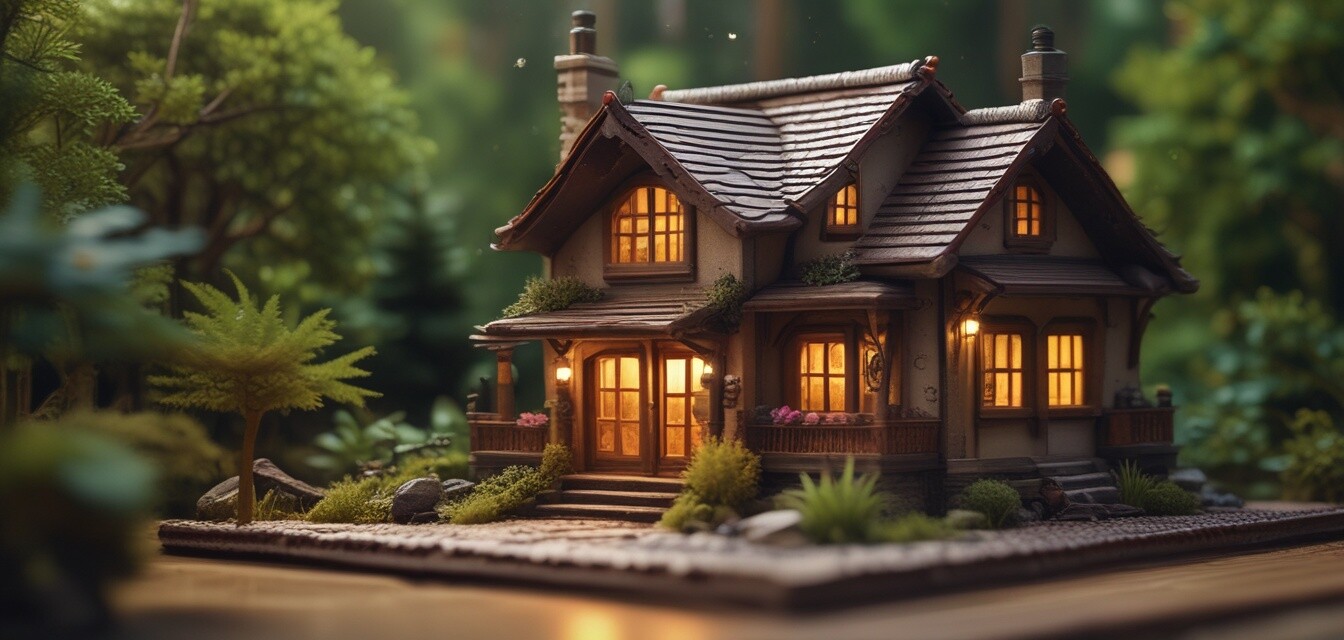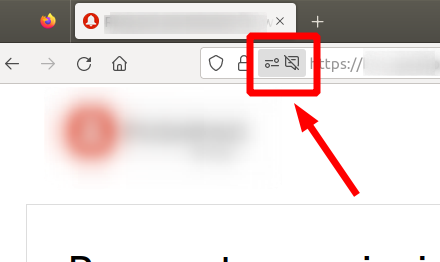
The Rise of Eco-Friendly Miniature House Kits
As crafting trends evolve, eco-friendly miniature house kits are quickly gaining popularity. Utilizing sustainable materials and innovative practices, these kits provide creative satisfaction while promoting environmental stewardship. Let’s explore the exciting developments in this niche and understand why they are soaring in demand.
Key Takeaways
- Eco-friendly miniature house kits are designed with sustainable materials.
- They promote creativity and awareness within the crafting community.
- Different styles and themes cater to a range of skill levels.
- Innovative practices are enhancing kit possibilities.
- These kits foster a sense of community among miniaturists.
Why choose eco-friendly kits?
Eco-friendly miniature house kits are not just about crafting – they represent a growing movement toward sustainability in hobbies. Here are some compelling reasons why they are becoming a popular choice among builders:
- Sustainability: Many kits utilize recycled materials or sustainably sourced wood, ensuring minimal environmental impact.
- Health-conscious: Eco-friendly materials often come free from harmful chemicals found in conventional products.
- Creative expression: They allow crafters to engage in projects that reflect their values, adding personal meaning to their creations.
- Community engagement: Crafters can share tips, tutorials, and finished projects through a network of eco-conscious builders.
The latest trends in eco-friendly miniature house kits
As the DIY miniature house kit market continues to evolve, various trends are emerging that shape consumers' choices and experiences. Some of the most notable trends include:
| Trend | Description |
|---|---|
| Use of biodegradable materials | Manufacturers are increasingly incorporating biodegradable plastics and other organic materials into their kits, reducing waste. |
| Modular designs | Many new kits feature modular designs that allow for easy customization and expansion, encouraging creativity and reuse. |
| Artisan craftsmanship | There's a rise in small-scale producers focusing on handmade components that reflect ethical practices in production. |
| Themed eco-kits | Specific themes such as nature-inspired kits or historical replicas are becoming more popular, appealing to niche markets. |
| Integration with digital tools | Some companies are exploring the use of augmented reality and digital instructions to enhance the building experience. |
How to get started with eco-friendly miniature house kits
If you're eager to join the eco-friendly miniature house kit movement, here are some steps to help you begin:
- Explore the beginner-friendly kits available online.
- Research brands that prioritize sustainable practices in their kit offerings.
- Join online communities where enthusiasts share ideas, techniques, and finished projects.
- Attend workshops or exhibitions focused on eco-friendly crafting.
- Commit to reusing and recycling materials in your projects to further reduce waste.
Popular features in eco-friendly miniature kits
Eco-friendly miniature house kits often come with unique features that enhance the crafting experience:
| Feature | Benefits |
|---|---|
| Sustainable materials | Less environmental harm and safer for crafters. |
| No-paint-required components | Easier assembly and environmentally friendly. |
| Interactive tutorials | Guidance that enhances engagement and skill development. |
| Customization options | Ability to create a one-of-a-kind project reflective of the builder’s personality. |
| Community collaborations | Support from fellow builders encourages creativity and shared learning. |
Conclusion
The rise of eco-friendly miniature house kits symbolizes a significant shift in the crafting community towards a more sustainable future. With continuing innovation and growing interest, these kits offer diverse options for crafters of all skill levels. Whether it's the commitment to eco-friendly materials or the spirit of creativity, the world of eco-friendly miniature house kits is sure to thrive.
Pros
- Environmentally friendly materials.
- Enhanced creativity and personalization.
- Community support and networking opportunities.
- Variety of styles and themes to choose from.
Cons
- Potentially higher costs compared to conventional kits.
- Limited availability for some unique designs.
- Learning curve for beginners in sustainable practices.
For more information and exciting designs, explore our collection of luxury miniature kits as well as explore methods in our buying guides for selecting the best kit that fits your crafting style.

